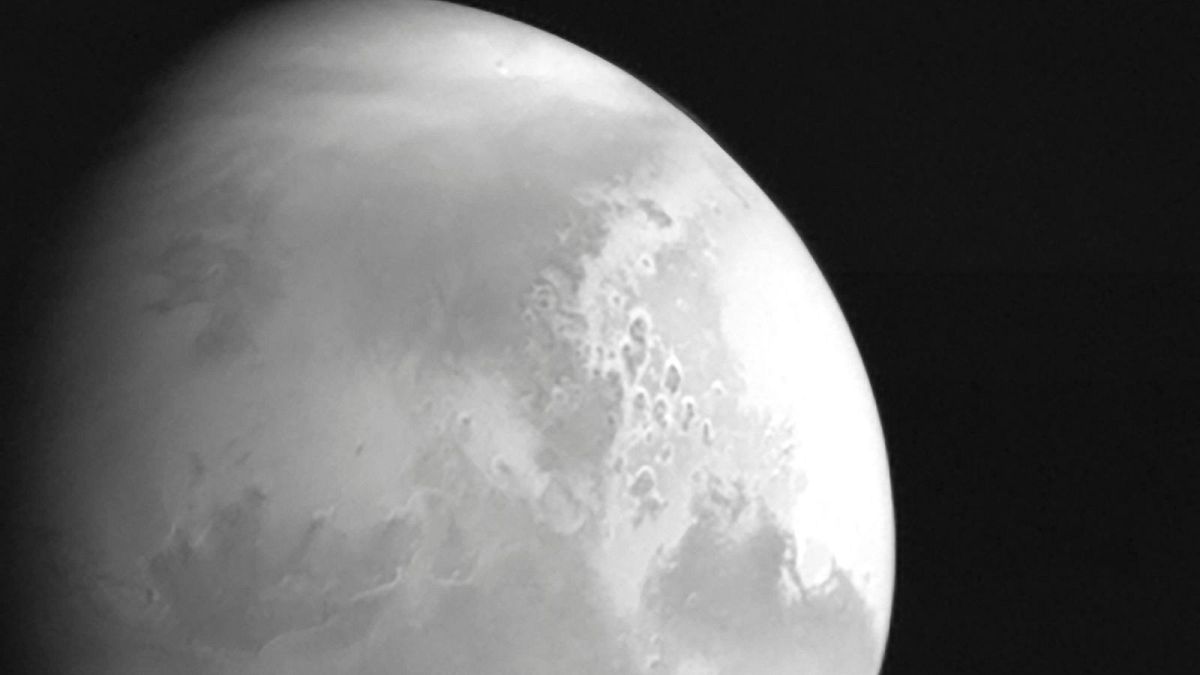Scientists estimate that one rocky planet per star in our galaxy could hold liquid water - the key to life.
Nobody is giving up on our planet just yet, though sometimes the lack of action on climate change might make some of us feel doomed. Scientists are however actively hunting for water on exoplanets and moons - and they say that we might be luckier than we initially thought.
A recent study found that there are probably more Earth-like exoplanets - any planet beyond our solar system - with liquid water than we previously thought, meaning we’re more likely to find life on those foreign planets.
The peer-reviewed study, published on Nature, was presented by lead researcher Dr Lujendra Ojha at the Goldschmidt geochemistry conference in Lyon, France, held between 9 and 14 July. It found that, even on planets where liquid water doesn’t exist and conditions are not ideal for it to be on the surface, many stars harbour geological conditions which makes it suitable for liquid water to eventually emerge.
“We know that the presence of liquid water is essential for life,” Ojha, a researcher at Rutgers University in New Jersey, US, said. “Our work shows that this water can be found in places we had not much considered. This significantly increases the chances of finding environments where life could, in theory, develop.”
Hidden habitable worlds?
The study focused on planets orbiting around the most common type of stars, M-dwarfs, which represent 70 per cent of stars in our Milky Way galaxy. These are small stars that are much colder than the Sun the Earth orbits around.
Even on planets which have frozen surfaces, and where temperatures are too cold for liquid water to exist on the surface, scientists think that oceans could be hidden underneath, which could be liquified with enough underground heat.
“We modelled the feasibility of generating and sustaining liquid water on exoplanets orbiting M-dwarfs by only considering the heat generated by the planet,” Ojha said. “We found that when one considers the possibility of liquid water generated by radioactivity, it is likely that a high percentage of these exoplanets can have sufficient heat to sustain liquid water– many more than we had thought.”
Before the recent study, scientists thought that around one rocky planet in every 100 stars would have liquid water. “The new model shows that if the conditions are right, this could approach one planet per star,” Ojha said. “So we are a hundred times more likely to find liquid water than we thought. There are around 100 billion stars in the Milky Way Galaxy. That represents really good odds for the origin of life elsewhere in the universe.”
There are between 100 and 400 billion stars in our galaxy, according to scientists’ estimates - and that could be an underestimation as some might be hard to spot.
According to Ojha and his colleagues, even some frozen areas of our planet, like Antarctica and the Canadian Arctic, contain liquid water despite cold temperatures, thanks to the radiation deep in the Earth. The same thing could be happening right now in the south pole of Mars, they think.
Are we looking for these planets?
NASA will launch a flagship mission to an “ice world” type moon in 2024, according to latest estimates, with the Europa Clipper.
The spacecraft is expected to reach and loop around Jupiter’s moon Europa in 2030, where it will conduct reconnaissance and investigate whether the icy world could harbour conditions suitable for life beneath its icy crust.
“Some of the moons you find in the solar system (for example, Europa or Enceladus) have substantial underground liquid water, even though their surfaces are completely frozen,” Ojha explained.
“This is because their interior is continually churned by the gravitational effects of the large planets they orbit, such as Saturn and Jupiter. This is similar to the effect of our Moon on tides, but much stronger. This makes the moons of Jupiter and Saturn prime candidates for finding life in our Solar System and many future missions have been planned to explore these bodies”.



